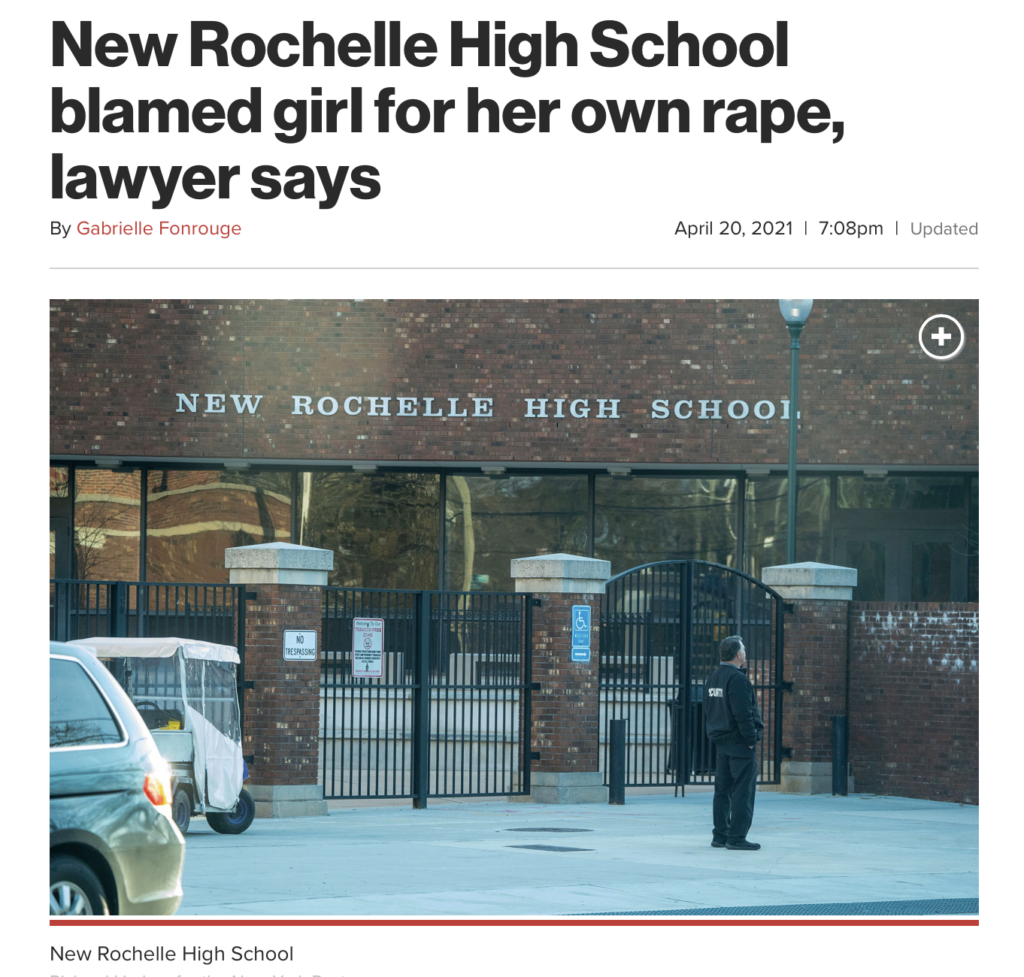The concept of jaywalking in New York City has always been a joke. It was, until yesterday, illegal. But everyone did it. Even if a cop was standing right in front of you.
New Yorkers always valued their “right” to walk where they wanted, as Dustin Hoffman famously yelled in Midnight Cowboy: “Hey, “I’m walkin’ here!”
That freedom to walk wherever we wanted, however didn’t seem apply to everyone. It seems that New York cops were still writing tickets for Blacks and Latinos, who received 92% of the tickets.
An unenforced law for a white guy like me isn’t the same as an unenforced law for others. In other words, jaywalking was a pretext for cops to stop someone they didn’t like.
So, now that it’s gone, how does that affect New York’s personal injury law? Does this mean pedestrians can wander the streets aimlessly with their schnozz buried in their phones?
Yes. But. And the “but” part is that it will not magically grant them immunity for their own negligence. Yes, you can step out between cars without looking. You won’t get a ticket. But you can still be held liable if a car slams into you.
Comparative negligence — that part of the law that says fault isn’t always 100% this way or that — will not evaporate. A pedestrian must still yield the right of way outside of a crosswalk. A jury can (and will) still apportion fault against a pedestrian if given just a smidgen of a chance.
The only real difference is that if a pedestrian was actually given a ticket in the past after a collision, an almost unheard of situation in NYC, a guilty finding for violating a law might would liability against that person as a matter of law, and a negative inference if it is city ordinance. Since that rarely happened, it won’t matter.
A last thing on this short post as I come out of hibernation — just because you have the right to do something stupid doesn’t mean you should. Even if you have the right of way. As I noted a few years ago in a post about the difference between fault and safety, I remembered a little something from a book on Tombstone Humor that I read decades ago:
Here lies the body of John McCray,
He died defending his right of way.
He had the light, He had some pluck,
But the other fellow had the truck.

